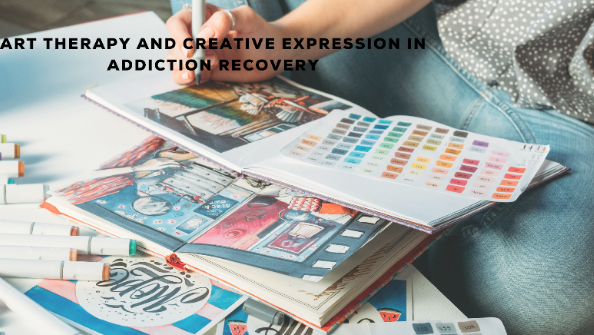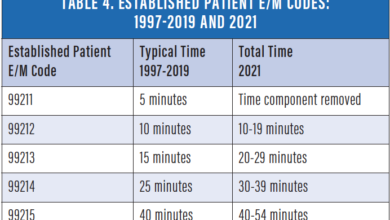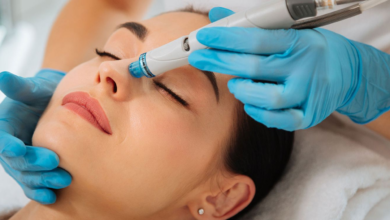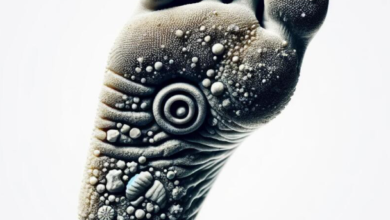Art Therapy and Creative Expression in Addiction Recovery

Addiction takes an enormous toll, not just physically, but also emotionally and psychologically. Overcoming substance abuse requires healing on many levels. Alongside medical detox and behavioral therapies, creative expression through art therapy is proving to be a powerful tool for people in recovery. This emerging field is transforming lives by helping individuals process trauma, build coping skills, and rediscover passion and purpose.
A Brief History of Art Therapy
Art therapy gained recognition in the mainstream therapeutic community starting in the 1970s. Early proponents, like Elinor Ulman and Edith Kramer, published influential books highlighting art’s capacity to help patients express thoughts and emotions that verbal therapy could not access.
Over the last 50 years, a growing body of research has demonstrated art therapy’s efficacy as part of addiction treatment:
A 2017 meta-analysis in _The Arts in Psychotherapy_ found that art therapy was associated with reduced denial and improved program retention.
A study in the _Journal of Psychoactive Drugs_ showed that just eight art therapy sessions reduced anxiety and improved self-esteem.
Why Art Therapy Is Different
Art therapy goes beyond simple arts and crafts. Sessions are facilitated by trained professionals who engage patients in the creative process to achieve targeted therapeutic goals. Art therapists are skilled at analyzing patients’ artistic expressions and reflecting feelings, processed thoughts, and personal insights back to their patients.
This allows people to safely access emotions they have long repressed. Instead of avoiding triggers for alcohol or drugs, art helps people confront and work through trauma to support long-term wellness. Trained art therapists guide this journey at Columbus drug rehab, building trust and rapport with patients. They help interpret symbolic meanings in art to increase self-awareness.
The Benefits of Artistic Expression
The act of creating helps reboot critical thinking circuits in the brain impaired by addiction. It builds healthy neural pathways to regions related to judgment, organization, and emotion regulation. Art therapy also boosts nonverbal communication abilities and imagination.
On a psychological level, creativity gives people a sense of efficacy and control. Completing a painting or sculpture bolsters self-confidence to take on greater challenges. Displaying artwork earns public recognition and reconnects isolated people to the community. Exhibitions build communal bonds, helping to reduce the stigma around addiction.
Art also relieves stress. A 2010 study in The Arts in Psychotherapy found that a single session of art therapy significantly lowered anxiety levels among patients recovering from addiction. The rhythmic process of art-making has a calming and meditative effect.
Art Provides Healthy Coping Mechanisms
Behind every substance addiction lies unresolved trauma and inadequate coping skills. Creating art redirects cravings into flow states that produce feelings of satisfaction. Forming new habits and sources of pride helps avoid relapse triggers. Art making promotes mindfulness, keeping patients rooted in the present.
For people numbed out from using drugs or alcohol, feeling any emotion can be scary. Art provides a way to incrementally open up to feelings in a contained way. Over time, expressing themselves creatively gives people the strength and confidence to process painful memories. Symbolic art allows them to approach trauma indirectly at first.
Creative Tools for Healing
Art therapists employ a diverse toolkit including:
Painting: Using stimulating colors helps enliven depressed patients. Free-flowing abstracts allow the exploration of confusing feelings. Self-portraits build self-awareness and overcome trauma linked to body image.
Music:Whether listening, singing, songwriting or playing an instrument, music builds social bonds. Soothing tempos and harmonious melodies calm anxieties. Finding one’s musical voice nurtures a personal identity apart from addiction.
Dance/movement: Synchronizing steps with other patients builds trust and community. Moving meditatively improves body awareness and releases stored emotions. Choreographing performance pieces restores agency and cultivates joy.
Integrative Treatment Plans
Leading treatment centers now incorporate art therapy into comprehensive care plans. Creative sessions alternate with evidence-based modalities like cognitive behavioral therapy (CBT) and dialectical behavior therapy (DBT). Multidisciplinary teams including psychiatrists, social workers, dieticians, and fitness trainers collaborate closely with art therapists.
Holistic programming enables each patient to tap into their own creative interests to support sustainable recovery. Treatment plans continuously adapt to meet evolving patient needs and capitalize on creative breakthroughs. Patient artworks may reveal psychological themes guiding treatment adjustments. Some facilities even display patient creations to motivate others in treatment.
Overcoming Stigma
Many still wrongly assume art therapy is only appropriate for “artistic” people. Creativity exists within us all. Even simple acts like doodling or arranging found objects have therapeutic potential. Fearing a lack of skill prevents many from engaging.
Art therapists work sensitively with each patient at their comfort level. There is no wrong way to create. Celebrating small successes through positive reinforcement cultivates confidence to explore new creative frontiers and mediums. This blameless approach makes art therapy far more accessible and effective than many realize. Displaying art publicly also helps reduce stigma around mental health and addiction issues. Creative expression humanizes struggles many silently face.
FAQs
- Can someone with no artistic experience benefit from art therapy?
Absolutely. Art therapy focuses on the creative process, not aesthetic talent. Anyone can benefit regardless of experience or natural ability.
- Is art therapy as effective as verbal therapy?
Numerous studies confirm art therapy’s efficacy in treating addiction and mental health challenges. Creating art provides a hands-on outlet for self-discovery that talk therapy alone cannot replicate.
- Does art therapy help with specific types of addiction?
Yes. Art therapy provides targeted benefits for alcoholism, opioid addiction, trauma, and common co-occurring disorders like depression and PTSD. However, creative therapies aid all types of substance addiction.
Conclusion
Beyond traditional rehabilitation protocols, art therapy empowers individuals to harness their innate resilience by physically shaping new futures with their own hands. Success requires perseverance, but creative expression provides hope. Each unique artwork serves as a tangible testament to the journey of healing.
If you or someone you love struggles with addiction, consider adding art therapy to your recovery plan. Explore local resources to find art therapists with expertise supporting people committed to developing healthy new habits and leading purposeful creative lives. Recovery happens gradually, not overnight. But creative breakthroughs can accelerate progress.
Dedicate yourself to art therapy with an open mind and heart. Let creativity help you process complex feelings, reduce anxiety, build confidence and reboot critical thinking capacities. Use art to commemorate milestones like periods of sobriety. Over time, display these works as inspiration to maintain positive momentum even during difficult stretches. Art therapy works but requires commitment.



